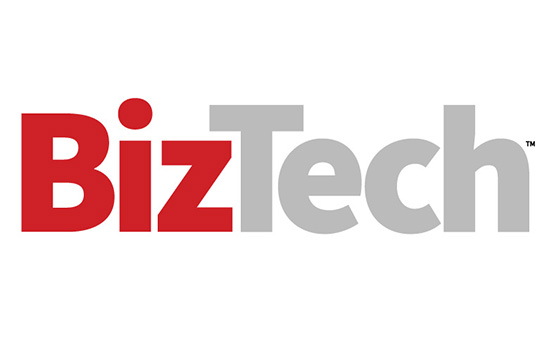Frictionless Shopping and Data Collection Help Improve CX
Atlanta-based startup Nourish + Bloom Market expects edge computing to scale its business. It’s working with Intel to deploy RealSense cameras, vision processing units and edge technologies for a frictionless checkout experience akin to Amazon’s Just Walk Out technology.
The frictionless experience consists of contactless checkout powered by computer vision and short deliveries handled by robots.
"They're using our CPUs, GPUs and VPUs, which you're not going to be able to do with other partners," Alec Gefrides, vice president of Intel’s network and edge group and its general manager for Internet of Things, told ZDNet. "We have compute engines dedicated for whatever you're trying to do.”
The customer needs to use the Nourish + Bloom app to check into a store, then they just shop and leave.
Like any smart SMB venturing into edge computing, Nourish + Bloom is using the data it gathers on customers locally to improve CX over time.
DISCOVER: SMBs considering edge computing should follow these three keys.
Responding to Cyberthreats Faster and Protecting Customers’ Data
Small banks have taken to edge computing to secure clients’ sensitive financial data. Continuous monitoring software observes network traffic across a bank’s dispersed branches and flags potential attacks to isolate the activity locally — ideally, before a breach occurs.
In this way, even small banks can minimize their attack surface and boost regulatory compliance.
“Applying cybersecurity protections to internet traffic in the cloud — before malware can reach endpoints — is ideal, since it mitigates the risk of sandbox leakage or escape,” David Canellos, CEO of trusted identity company Axiad, told Forbes. “Edge computing has eliminated the latency issues that were the last barrier to cloud-based security approaches like these.”
Reduced latency also allows security cameras that detect motion to easily send footage to the cloud as needed.











